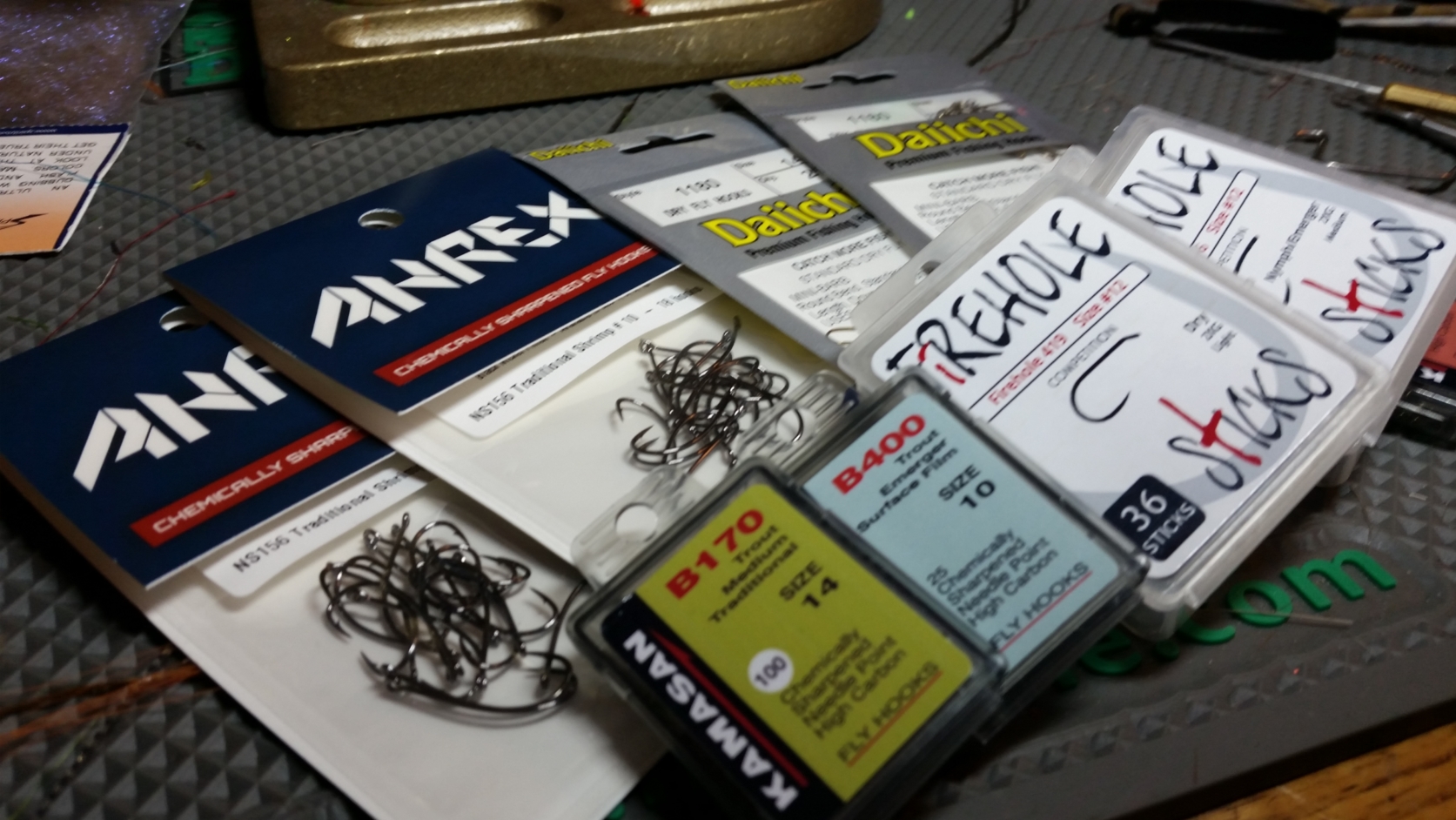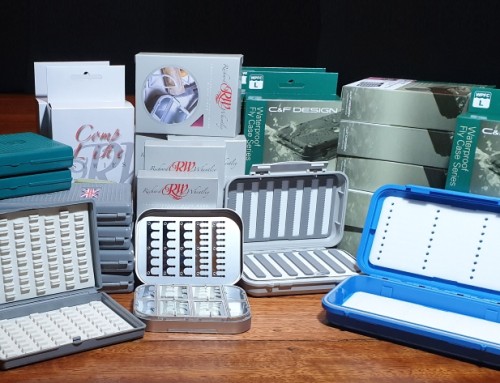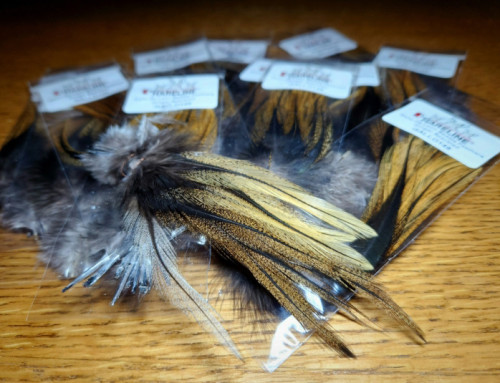There are plenty of you that have gotten excited about the new Firehole Outdoors range of barbless fly tying hooks and most have been experiencing success with the current range available. Of course, for those of you following what is going on at Firehole Outdoors, you’ll know there are another four styles about to land in a range of sizes, and of course Troutlore will be stocking them all for you to use here in Australia and New Zealand. But, is all the fuss really that important? Should we all be tying with barbless hooks, or is it alright to stick with the hooks we’ve all used and known for years? Interesting thoughts, and one that I welcome comments on below.
One has to think about what the purpose of the barb is to begin with. This tiny little lift in the tip isn’t really meant to save poor technique and ensure every fish is landed, it really has a different purpose. The barb was added to fishing hooks to ensure that the bait did not fall off during casting. Now, I don’t know about you, but most flyfishermen I know don’t use bait on their hooks, so the need for a barb seems rather superfluous really. But, then again, so many of us are just used to using barbed hooks, having moved on from a bait-fishing beginning at some point in our lives.
Of course, many flyfishers are really just scared to use barbless hooks because of the fear of dropping that trophy fish. The fact is, when a large fish gives you some curry and really wants to get off the line, it is going to do so if you give it any sort of slack. This is the case with both barbed and barbless fly tying hooks. If you can control your line tension ans ensure the fish doesn’t get any slack, there is no reason why the hook should come free. It reminds me of someone (who shall remain nameless) saying, “you’ll only drop fish if you’re a sh*t fisherman, the hooks don’t really matter”. And that does say a little something about the use of your hooks. If you are relying on that tiny little barb to keep your fish in the hook, you’re really hanging on to so little, when technique should be the focus.
I understand the argument from the many professional guides who buy fly tying hooks from me, in that they don’t want a client, especially one new to flyfishing, to drop a fish. This makes the need for a barbed hook a little more important as line control is not ideal with beginners and it can mean the difference between clients walking away with great things to say about a guide’s service and them leaving in disappointment. At the same time, there are plenty of fly tying hooks in different shapes and styles that we all love that simply cannot be found in a barbless variety. It’s not that you should feel bad for buying and using barbed hooks, they can always be flattened in the jaws of your vice when tying to reduce damage to a fish upon release.
And after all, that is what it is all about. For those of us who practice ‘catch and release’ fishing, which seems to be the vast majority of fly fishers these days, it really becomes essential that we let these fish go with a minimum of harm and impact to their health. So, no matter what hooks you choose, crushing the barb will always be in the fish’s best interest for an easy removal before release. For ensuring a clean hook-set, using a barbless hook will always be in your best interest. You can’t drop a fish if you don’t get it on the hook to begin with, so consider how a clean, sharp barbless hook will improve you hook-up rate when you next consider you hook choice.
Note, I am not trying to preach here. I use a lot of Kamasan and Daiichi hooks in my own personal tying. But, I have experienced the benefits of using barbless fly tying hooks and wouldn’t want any of you to miss out.







Leave A Comment
You must be logged in to post a comment.